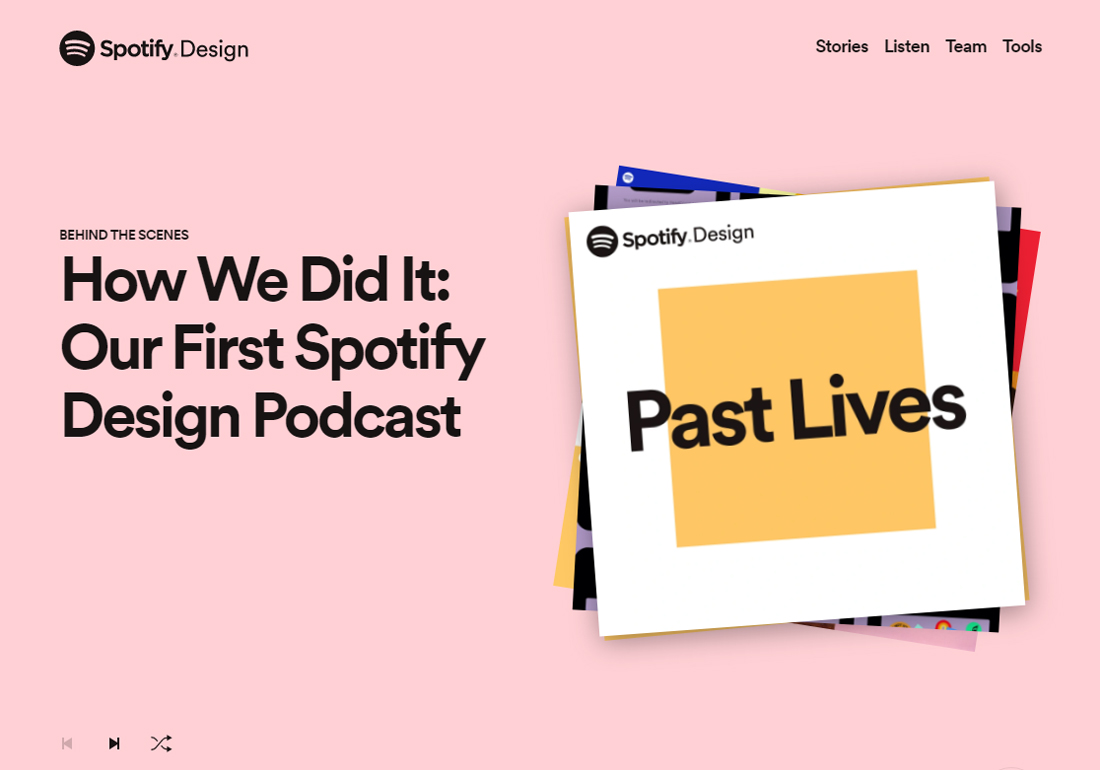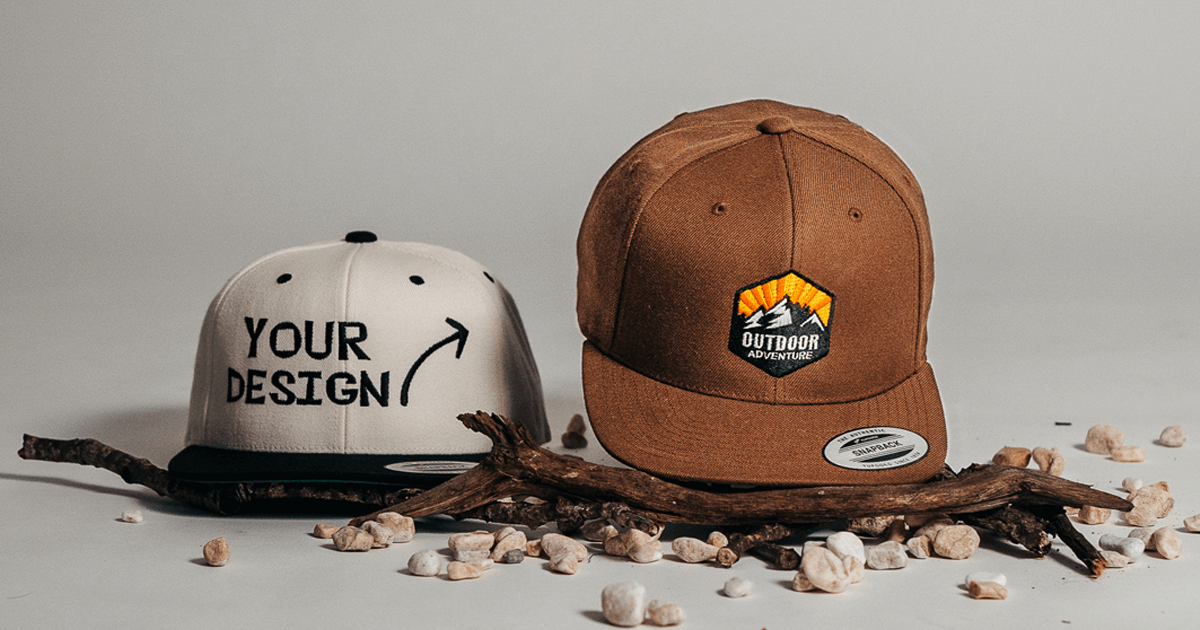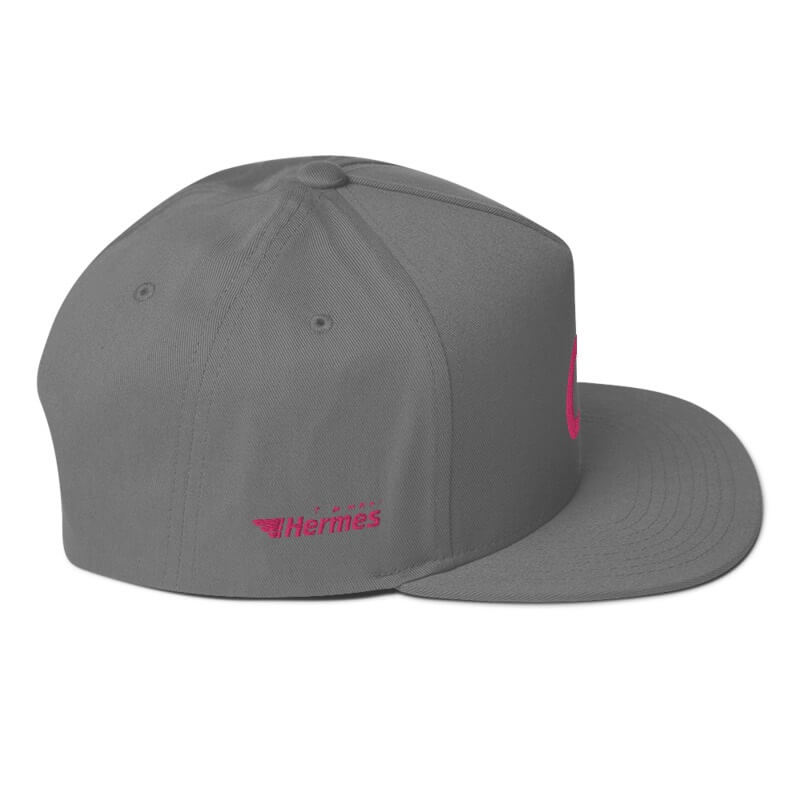Table Of Content
- Content provided by Spotify
- Breaking Down Spotify’s Design Principles: Simplicity, Personalization, and Accessibility
- Undrafted rookie free agents: Team signings after 2024 NFL Draft
- Taylor Swift turns heel, owning her chaos and messiness on ‘The Tortured Poets Department’
- Spotify’s new design is part TikTok, part Instagram, and part YouTube
- How to Nail Remote Onboarding and Influence People

Good design is about simplicity and should largely remain invisible. Music and football come together in a way that’s entirely new in our partnership with FC Barcelona. Yet, these teething troubles were but a small price to pay for the cohesion and clarity it brought to our users. We had big ambitions for the site, but knew we couldn’t do everything at once. So we waited to launch some features, ensuring we had fully thought through them before foisting them upon the world.
Content provided by Spotify
Her team elevates design quality through consistency and attention to detail, and supports Spotify's Research & Development teams at scale. In the end, the seamless Spotify experience—from TV screens to mobile devices—is not just the product of consistent design. It’s the result of countless hours of cross-functional teamwork, where each discipline respected the other and truly believed that the whole was greater than the sum of its parts.

Breaking Down Spotify’s Design Principles: Simplicity, Personalization, and Accessibility
Respecting individual viewpoints is extremely important to us because of our diverse and multi-disciplinary community, and we wanted all our designers to feel ownership over the new brand. Because we’d worked with Albin to bring some emotional mojo to one of our beloved editorial destinations, our team trusted him to create a brand that would be bolder — dare we say louder — that we’d be proud to represent us. In this two-part article, we’ll give you the scoop on our collaborative project to level up our Spotify Design brand.
Undrafted rookie free agents: Team signings after 2024 NFL Draft
This time, we wanted to design our design system, just like we’d design one of our product experiences. We wanted to consolidate the resources we had, and create a system that felt unified, accessible, collaborative, and based on a coherent vision. That’s when we entered the “grassroots” phase of Spotify design systems. Designers and engineers around the company took it upon themselves to make their own design systems. For example, a team in New York started working on Tape, a design system for web. (Get it? Tape? And Glue? Yes, we love a pun.) A team in Stockholm started a different system for design tokens; and so on.
Beyond creating a new page, we collaborated with the Web SDK team and used the Spotify For Developers API to make an awesome built-in audio player for Spotify.Design. We saw that designers were pushing our Spotify Design brand system to the breaking point. Assets for presentations, social media, and in-person happenings were being created by different teams, and the interpretation of our design guidelines was a bit, um, how do we put this?
Having these WGs means our designers are accountable and closely involved in solving problems for their discipline, which means more adoption of the programs we provide. I’m challenging our team to think differently about the intersection of design and generative AI. We keep coming back to the conclusion that we don’t need to design that differently because our first principles still stand true. For example, we are still taking a content-first approach and we continue to strive for clarity and trust. We’ve realized that tech advancements are accelerating faster than ever, which makes design’s role more important than ever.
4 Reasons Why You Should Keep Your Spotify App Up-to-Date — Spotify - spotify.com
4 Reasons Why You Should Keep Your Spotify App Up-to-Date — Spotify.
Posted: Wed, 25 Oct 2023 07:00:00 GMT [source]
At Spotify, this cross-functional synergy is not just a byproduct; it’s intentional. Every step in the creation of Encore was a testament to the power of collective endeavor. For any team aspiring to create a cohesive, integrated user experience, cross-functional collaboration isn’t just preferable—it’s essential. Adhering to this approach ensures a shared Spotify essence across platforms. Danny Banks, a designer and front-end developer, spoke at the design systems conference Clarity in 2020 about the environments, ergonomics, and economics of building cross-platform design systems. Spotify.Design is highly reliant on close collaboration among our designers.
Spotify’s areas for improvement
Emerging technology inspires you to think differently and to look from different angles. The world is trying to figure this out together, and at Spotify we’re not using technology to use technology. We’re using technology to deliver joy and value and meet our goals of driving discovery and connections in the process. This site sheds light on the global streaming economy and royalty system. We start by getting everyone in the same room, and then our journey begins with thorough research. Teams from each platform—iOS, Android, and Web—delve deep into the intricacies of each component.
A guide to everyone Taylor Swift sings about in ‘Tortured Poets Department’ — and their reactions
Designify combines the world's most advanced visual AIs into one simple tool. Remove backgrounds from any image in high quality, add realistic shadows and enhance colors to create beautiful designs using artificial intelligence. Disabling and enabling play controls in response to restricted actions for Spotify Free may result in a confusing experience for the user. For example, the user may not understand why the skip back option has been disabled. Rather than explaining these restrictions to the user or creating a frustrating UX, we recommended you don't provide play controls. If you use any Spotify metadata (including artist, album and track names, album artwork and audio playback) it must always link back to the Spotify Service.
Some users have complained that the service’s auto-renewal feature is not clearly communicated or easy to find and cancel, which can lead to unexpected charges. Another negative aspect is that Spotify’s recommendation system is not always accurate. It may recommend songs or playlists that are not of interest to the user or may not reflect the user’s listening habits. Users have to adjust their preferences to improve the recommendations manually.
This year's Spotify Wrapped will reveal the 'real' you, whether you like it or not - Fast Company
This year's Spotify Wrapped will reveal the 'real' you, whether you like it or not.
Posted: Wed, 29 Nov 2023 08:00:00 GMT [source]
As a Design Team, it’s often difficult (sometimes impossible) to take big risks in order to build a future you believe in. The risk of failure is daunting, but the reward — in our case, happened to be too good to pass up. We hosted an event on design ethics in London called ‘Designing for Tomorrow’, which inspired us to adopt the mindset and apply it to everything we do. We consider ecological and ethical perspectives for every program in which we are engaged. Design ops are also highly reliant (and grateful!) on the bottom-up support from designers at Spotify. A key to our success is through our working group (WG) model, composed of teams of committed and motivated designers working with us delivering programs.
With Spotify moving in all these exciting new directions, we saw a pressing need for new components, patterns, toolkits, and all the other time-saving, efficiency-boosting resources a design system provides. The issue was the GLUE team had been disbanded by this point, and no one was actively pushing the GLUE design system forward. Rather than send photos back and forth, Park, Downey and executive producers Susan Downey and Amanda Burrell came into his Burbank studio and discussed ideas in person. This session explores our speaker’s path to becoming one of the region's most successful interior designers, unveiling the numerous wins and achievements that have shaped his remarkable career. As the conversation unfolds, listeners are treated to a sneak peek into Chris’s latest projects promising an authentic and super cool endeavor that exemplifies intelligent design. Join us on this captivating episode as we unravel his design journey, exploring the balance between authenticity and intelligent design.
In this next layer, Encore also contains what we call “local design systems.” Local systems are a place to keep design elements that are tailored for specific products or audiences. These are things that need to be shared—just not shared across all of Spotify. In the early days of Spotify, there was no design system—we were building everything for the first time. When we launched the mobile app in 2009, there were few standards or shared patterns in place, and the Spotify experience started to get increasingly…inconsistent.
Remote work has made it tricky to organize physical swag, but we’ve started on ideas for posters and other fun stuff, too. It’s one thing to just write principles...it’s another thing entirely to get everyone on board. If we wanted our new design principles to stick, we needed a roll-out plan.











